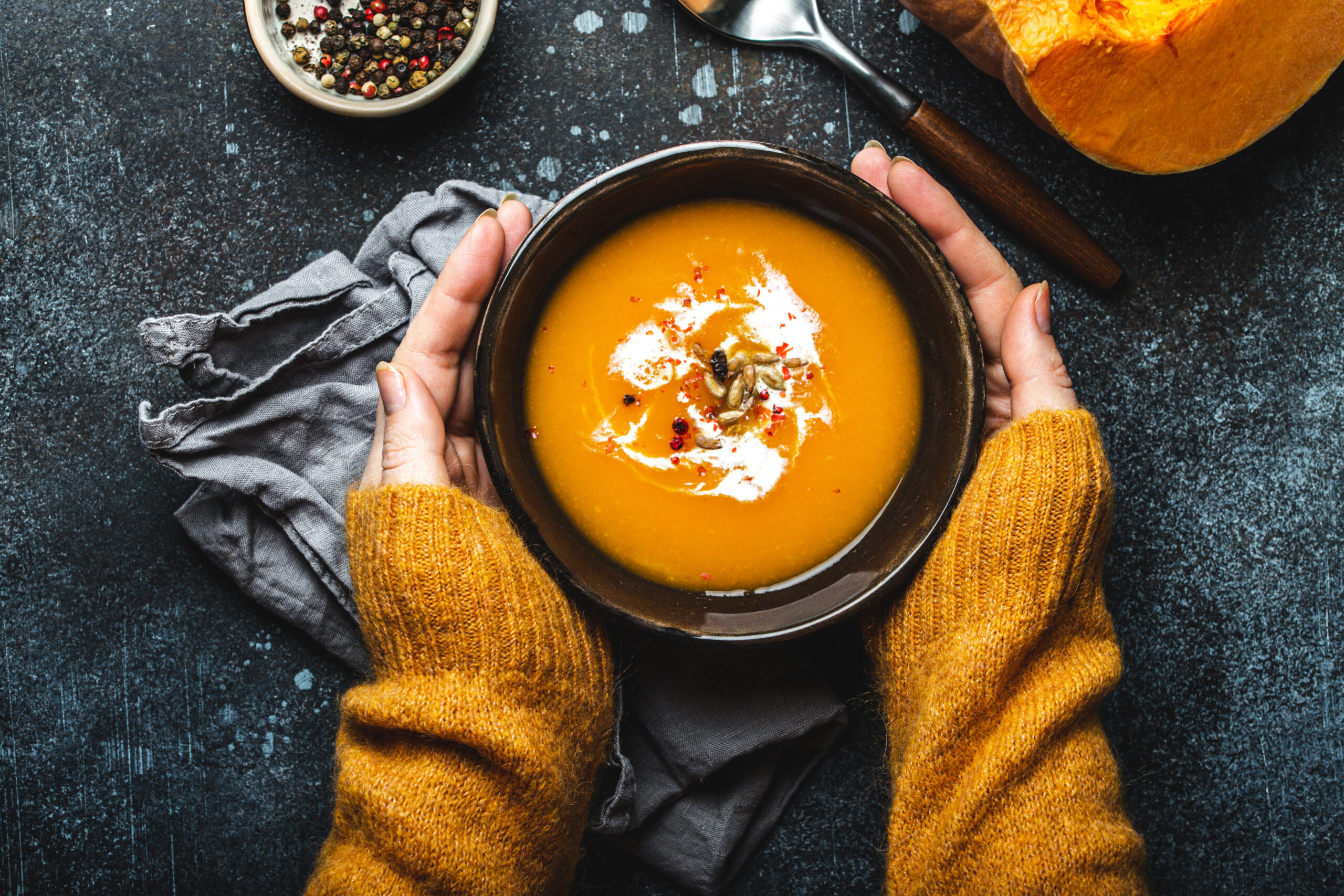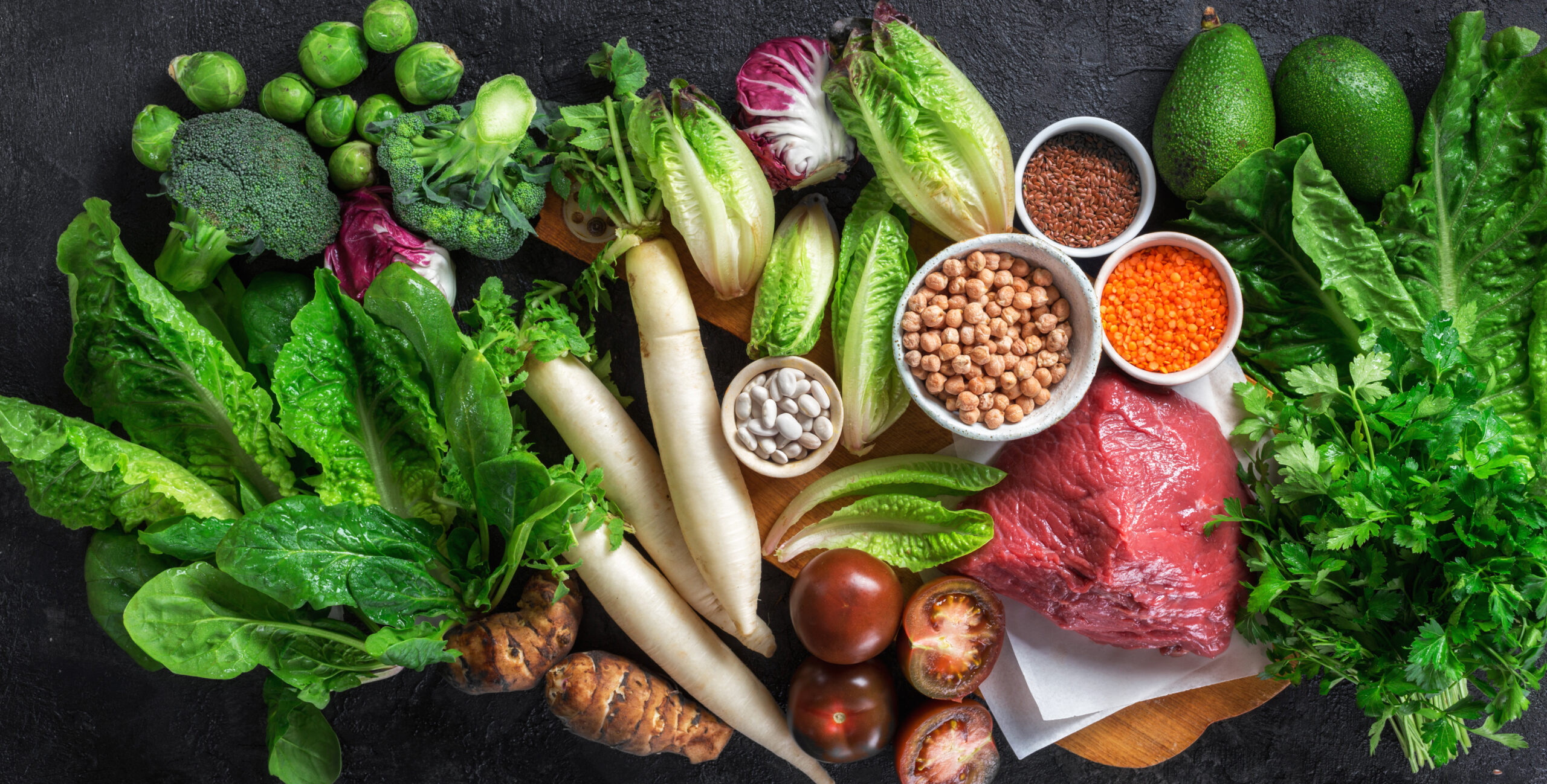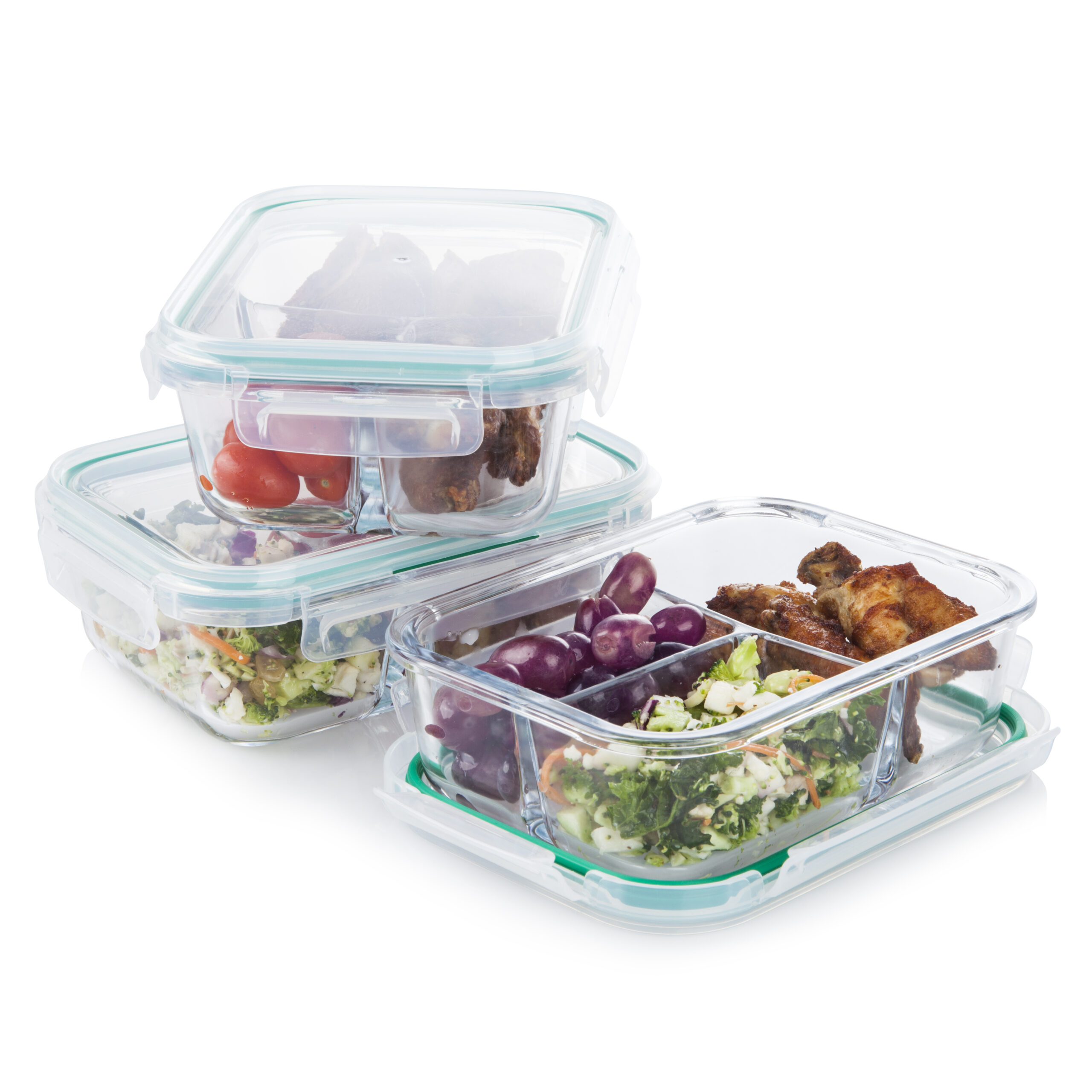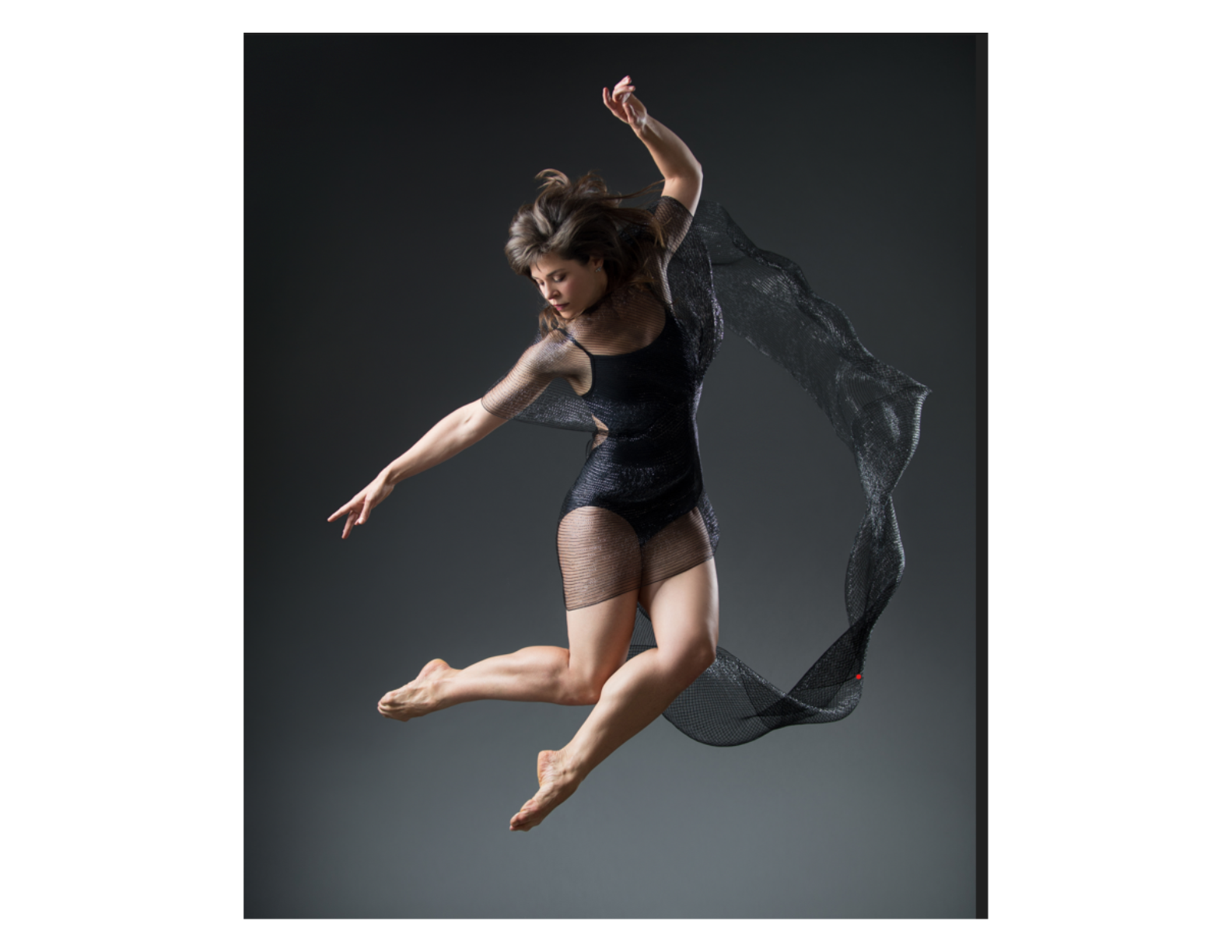Ballerina Baker Jordan Fry’s Grain-Free Chocolate Chip Cookies
“I hate when something says ‘gluten-free,’ and it pretends to be something it’s not,” says Jordan Fry, who stopped eating gluten and grain eight years ago to help combat her alopecia. “Don’t tell me that it’s a chocolate chip cookie and then it tastes like cardboard.” Fry, who left Ballet West in 2021 to focus […]







